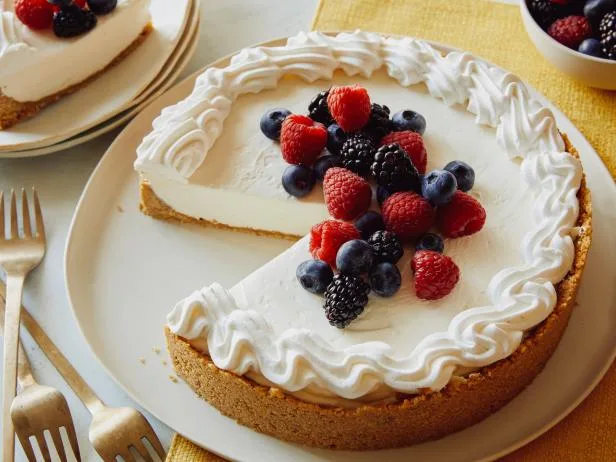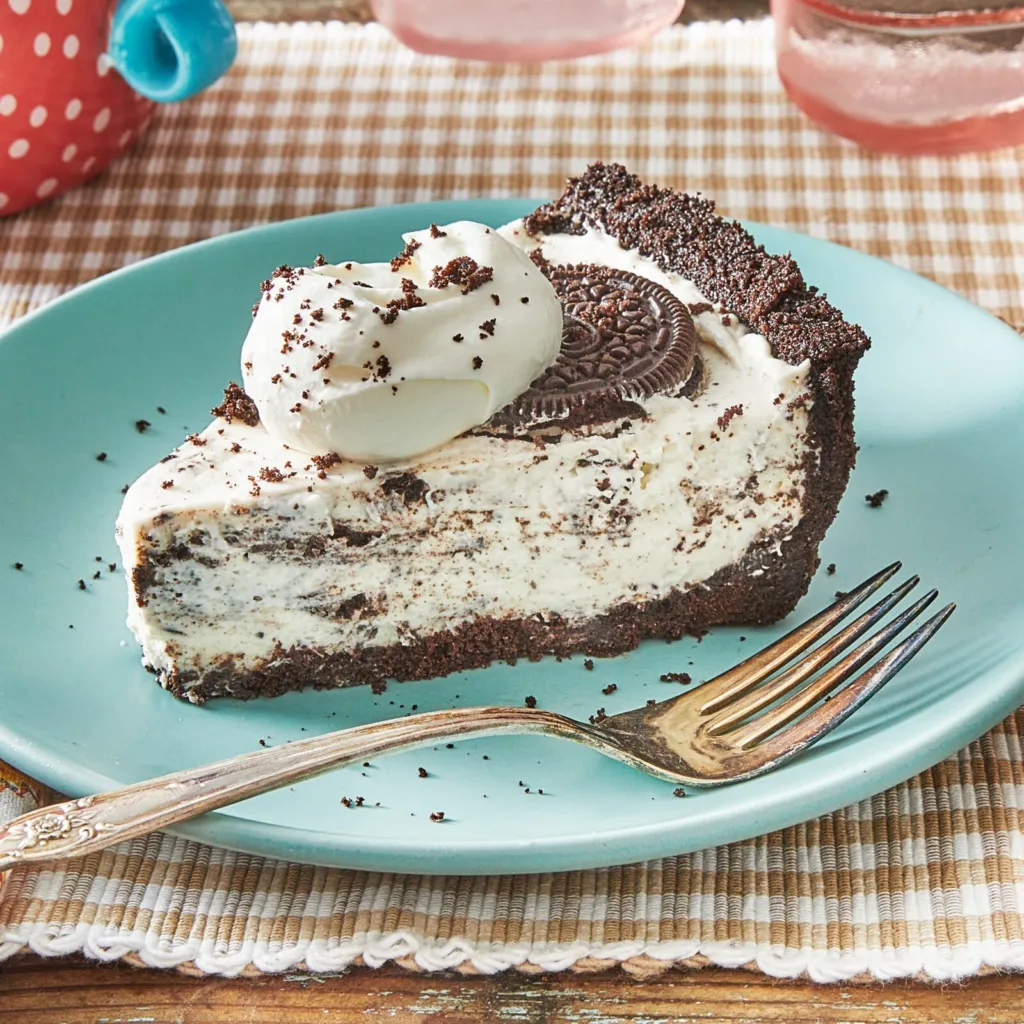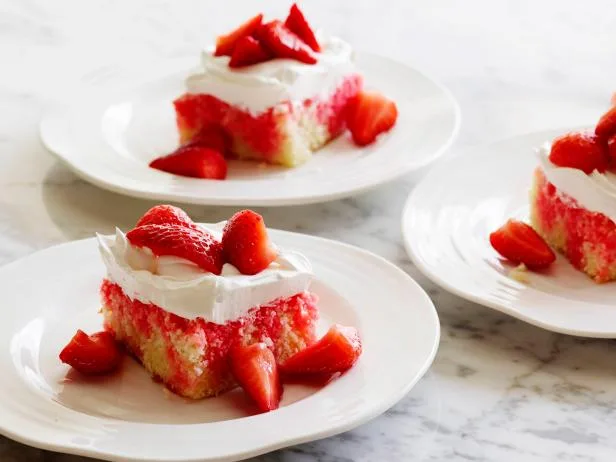Embarking on a weight loss journey often means saying goodbye to beloved desserts and sweets. The thought of living without cookies, cakes, and ice cream can feel daunting and overwhelming. However, with the right mindset and strategies, you can absolutely enjoy occasional treats while still shedding pounds. This post will explore how to balance desserts and weight loss in a healthy, sustainable way. You’ll discover smart tips for portion control, wholesome baking substitutions, fruit-based dessert ideas, and mindful eating techniques to prevent overindulging. Get ready to satisfy your sweet tooth AND your health goals.

Introduction
Losing weight requires commitment, consistency, and lifestyle changes. As you modify your eating and exercise habits, sweets and desserts present a unique challenge. After all, resisting cravings for chocolate cake or hot fudge sundaes can feel impossible at times. Simply banning all sugary treats rarely works though. Deprivation often backfires, leading to intense binge episodes and guilt when willpower finally crumbles.
So is living without desserts your only option on a diet? Absolutely not! With balance and moderation, you can craft a sustainable approach that allows occasional treats without sabotaging your success. The key is combining smart strategies like mindful eating, nutritious ingredients, proper portions, and light substitutions. Armed with these insights, you can indulge your sweet tooth on occasion while still slimming down. Read on to learn dessert strategies for effective, joyful weight loss.
Why Do We Crave Sweets When Dieting?
Before diving into solutions, let’s explore the psychology behind dessert cravings to better understand the challenges. When you initially start a new diet, restriction rules the day. Saying no to beloved sweets and limiting food intake is priority number one. However, this restrictive mindset often backfires. Here’s why:
First, banning foods leads to obsession. When you label certain desserts as “off limits,” they become all you can think about. Our brains are wired to obsess over the forbidden things we cannot have. This constant fixation leads to intense cravings.
Second, restriction increases feelings of deprivation, which can drive emotional, stress-related eating. Dieting is hard work and can be stressful at times. Denying yourself your favorite comfort foods when already feeling deprived feeds cravings for an emotional release through treats.
Finally, forcing yourself to abstain from all sweets for too long often leads to eventual overwhelming cravings, binge eating, and feelings of guilt once willpower breaks down. This destructive restrict-binge cycle sabotages weight loss.
The bottom line? A more balanced, mindful approach prevents these craving pitfalls. Allowing occasional sweets in moderation can help you stay on track by preventing craving buildup and deprivation.

Healthy Dessert Choices
Now that we understand the psychology behind cravings, let’s explore how to build desserts into your routine in a healthy way. With nutritious ingredients and proper portions, treats can complement your weight loss journey.
Choose Nutrient-Dense Desserts
When selecting dessert recipes, avoid nutrient-void sweets laden with refined flour, sugar, and unhealthy fats. These provide empty calories and a quick energy crash, leaving you hungrier afterwards. For more satisfaction, choose recipes with fiber-rich whole grains, protein, healthy fats, and micronutrients. Their staying power will keep you fuller longer after a modest portion.
Some examples of wholesome, nutrient-dense dessert options include:
- Greek yogurt berry parfaits with homemade granola
- Carrot cake oatmeal bars made with whole oats, nuts, raisins
- Chocolate avocado mousse topped with chopped almonds
- Baked apples with cinnamon, walnuts, raisins
- Chickpea blondies loaded with nuts and dark chocolate
- Protein smoothie bowls layered with fruits, nuts, cacao nibs
Seeking out more nutritious ingredients provides real health benefits beyond just tasting good. Your body will thank you.
Exercise Portion Control
When eating nutrient-dense desserts, proper portion size also matters. Serving sizes of sweets have ballooned over the years, conditioning us to overindulge. Carefully measuring portions is key to keeping calories in check. Here are some tips:
- Stick to a 1⁄2 cup serving or one small cookie/bar for baked goods
- Dish ice cream and pudding into a 1⁄2 cup bowl or muffin tin
- Cut large cakes and pies into skinnier 10-12 slices
- Share desserts with others at the table
- Savor each bite slowly without distractions
- Wait 10 minutes before second helpings to assess hunger
With mindful measurement and presence when eating, small servings can satisfy cravings. Moderation and balance is key for dessert success.
Light Dessert Substitutions
In addition to portion control, you can also lighten favorite desserts through better ingredient substitutions. Explore these smart swaps to cut calories without losing an ounce of sweet satisfaction:
Fruit-Based Desserts
When craving something sweet, go for fiber-rich fresh fruit first whenever possible. Fruit provides the sweetness you desire with a fraction of the calories in baked goods. Berries, pineapple, mango and melon all make delectable desserts:
- Broil grapefruit halves topped with cinnamon
- Grilled peach halves drizzled with honey Greek yogurt
- Frozen banana “nice cream” blended up just like ice cream
- Berry salad with lime juice and chopped mint
- Baked apples with raisins, nuts and a dollop of whipped cream
Fruit is nature’s candy – embrace it to conquer cravings the healthy way.
Low-Calorie Substitutions
You can also lighten traditional desserts through strategic ingredient swaps. For example:
- Replace 1⁄4 of the butter in cookies or cakes with unsweetened applesauce
- Use a sugar substitute like monk fruit or erythritol to reduce calories without sacrificing sweetness
- Make chia pudding with almond milk and top with berries rather than heavy cream
- Swap in low-fat Greek yogurt when making parfaits or cheesecake
- Add pureed beets or black beans to brownies for moisture (you can’t taste them!)
- Use zucchini or carrots to make moist cake bars with less fat than traditional recipes.
With simple substitutions, you can still indulge in healthier homemade versions of your faves. Get creative exploring lower calorie dessert recipes online or in cookbooks.

Mindful Dessert Eating
Along with wholesome ingredients and proper portions, mindset is equally important for balanced dessert eating. Staying present and savoring each bite can satisfy you with less. Here are some mindful eating techniques to try:
Eat Dessert Free of Distractions
Treats eaten mindlessly while working or scrolling on your phone don’t properly register with your brain. This prevents fullness signals from kicking in, making it easy to overeat. For more satisfaction from smaller servings:
- Eliminate distractions and make dessert a singular focus when eating
- Pause beforehand and ask yourself “Am I truly hungry or just craving this?”
- Slow down and savor each bite, noticing flavors and textures
- Observe how the food makes you feel as you continue eating
- Stop at the first feeling of satisfaction before discomfort sets in
Eating with total presence keeps your brain tuned in to satisfaction and fullness cues.
Release Guilt, Celebrate Success
Many associate dessert with shame and guilt instead of joy. But beating yourself up won’t support your goals. Remember, balance is key – enjoying sweets in moderation is part of a healthy lifestyle. Follow these tips for guilt-free, joyful dessert eating:
- Forgive small indulgements instead of spiraling into all-or-nothing thinking
- Focus more on how desserts make you feel, not just their taste
- If you overeat sweets, get right back on track at the next meal
- Also celebrate positive choices like nutritious meals and exercise
- Share treasured treats with others to enhance the experience
- Remember there will always be more opportunities for desserts to enjoy
By releasing guilt and staying positive, sweets can uplift your journey instead of sabotaging it.

Conclusion
In summary, desserts and sweets can absolutely coexist in a healthy weight loss plan through mindful eating strategies. Choosing nutritious ingredients, controlling portions, making light substitutions when possible, and staying present while eating prevents overindulging in empty calories. An occasional treat enjoyed mindfully will satisfy your cravings without derailing progress. With this balanced approach, you don’t have to choose between sweets and success. You can craft dessert strategies that complement your health goals instead of competing with them. So embrace the occasional indulgence – just stay mindful, balanced and guilt-free. Your body and tastebuds will thank you.
Join Us!
I hope these mindful dessert tips have shown you a new path to balancing sweets with your health goals. Want to master more mindful eating skills that blend nutrition with joy? Be sure to sign up for our free weekly wellness newsletter using the form below. You’ll receive inspiration and practical wisdom delivered straight to your inbox. Healthier, happier living starts today – join us on the journey!
Thank you for reading this post, don't forget to subscribe to our free newsletter
!
